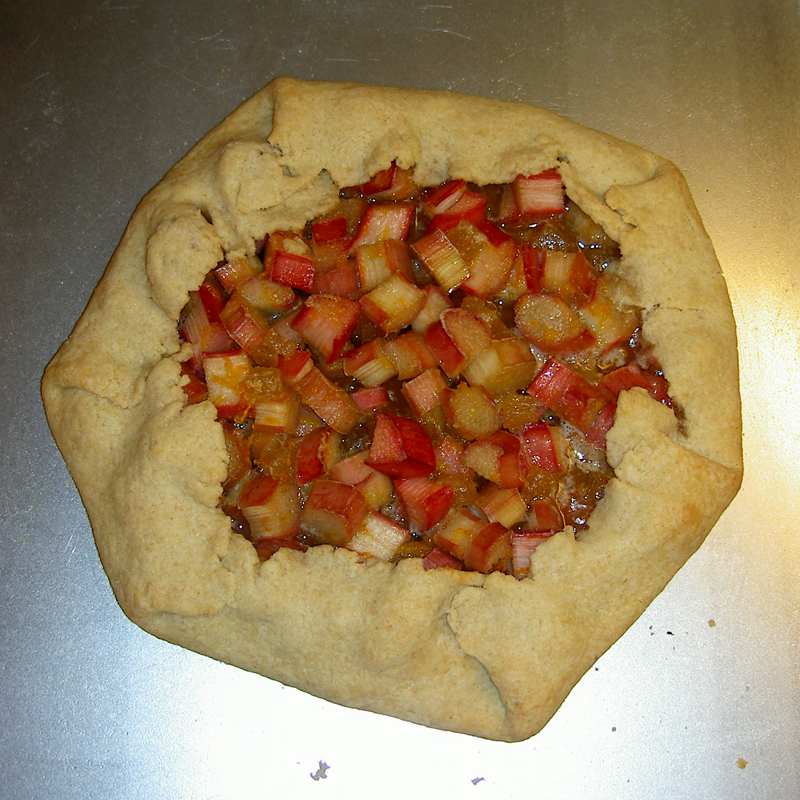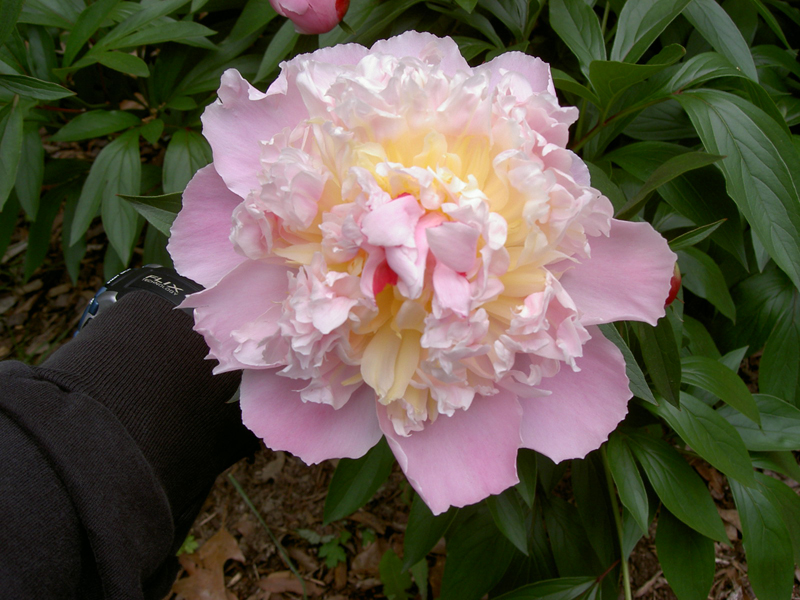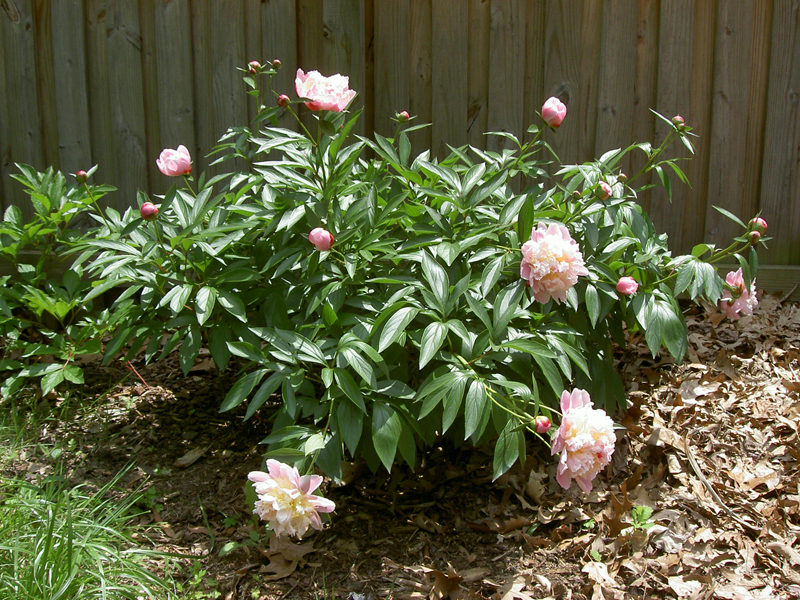Last Saturday we drove up to Boordy Vineyards, north of Baltimore, for their annual wine and herb festival. I was imagining something ‘a little more California,’ as my friend’s mother would say: linen trousers, platters of complimentary artisanal cheeses with crusty bread, and music wafting on the breeze. It was not like that. What it was like was paying an entrance fee for the opportunity to spend more money, a construct that I’ve never really found appealing.
Although it’s not something I would have attended had I known what I was getting, the festival as structured was fine. There was a live band, a dance floor, and a varied selection of local products available for sale. However, besides bringing in the additional vendors and the music, Boordy didn’t provide anything that couldn’t be had by visiting the vineyard during regular hours. There were no special rates and no complimentary drinks or food beyond the usual 1/2 ounce tastes of their regular products. This was the largest digression from what I’d imagined we were attending; for the $12 dollar entrance fee, I expected more than I could have gotten at any of the free Taste of [fill-in-the-blank-with-your-favorite-city] events I’ve attended over the years.
The major disappointment of our visit, however, was the discovery that most of their wines were just plain bad. I’ve had their Riesling several times and enjoyed it; my mistake was assuming that a Riesling would be on the lower end of what they had to offer. Quite the opposite: the Riesling is by far their nicest (i.e. most authentic) selection. Granted, this was the first time I’d gone to a tasting of Maryland wines, and it probably shouldn’t have been surprising that the flavor and body were so consistently what I can only describe as young. I imagine this is an artifact of growing grapes in this climate, but I was still taken aback by how unappealing I found them. They were no competition for New York or New Jersey wines, let alone even moderate choices from California or Oregon vineyards. I suppose that people who enjoy California wines and don’t have expectations based on the French originals might find these local cabernets and pinots palatable; I certainly did not.
Another element that I wasn’t prepared for was the prevalence of flavored fruit wines. When did coolers in a wine bottle become something consumed by anybody over the age of 20? I truly did not consider myself a wine snob before this weekend, but either the norms have changed dramatically in the past decade or my tastes have matured much more than I realized, because I was kind of appalled to see what people were drinking by the case and pronouncing excellent. I’m no stranger to fruit wines: Michigan produces lovely cherry wines, I’ve had delicious blueberry wines in Ontario and New Jersey, and my aunt bottles a refreshing peach flavored wine at her local DIY shop that’s perfect for a summer evening. I guess that’s the problem: I didn’t expect to find flavored wines worse than what my family can make on their own being touted at the local vineyard.
The upshot is that the wines were really not worth the trip, and it’s good to know what to avoid in the future. We did come home with several herbs for our garden — rosemary, ‘Italian oregano,’ and mint julep — courtesy of Putnam Hill Nursery, and two new honey selections — cranberry and blueberry — from the folks at Bees on the Bay. So, the trip wasn’t a total wash, and now we know.



